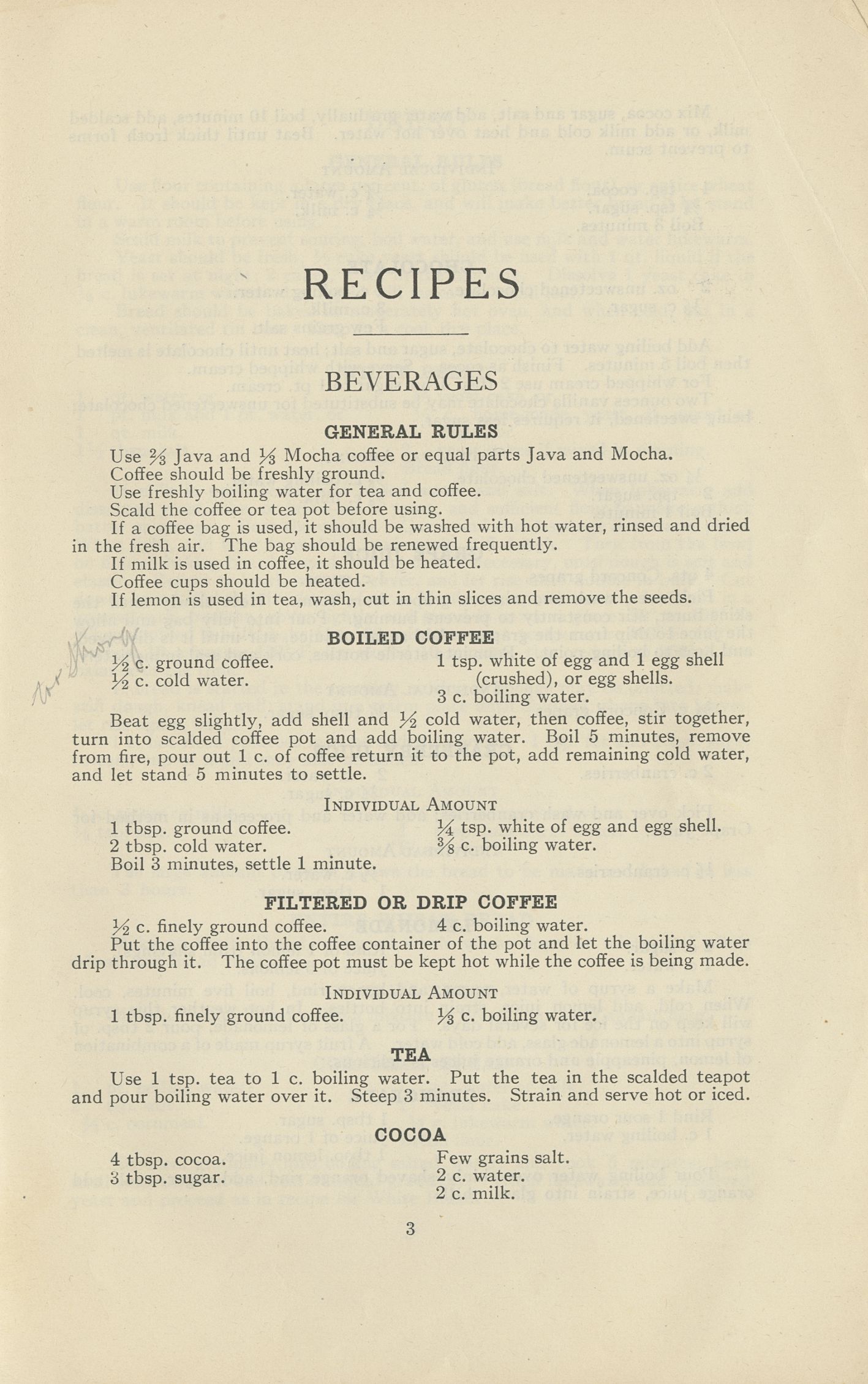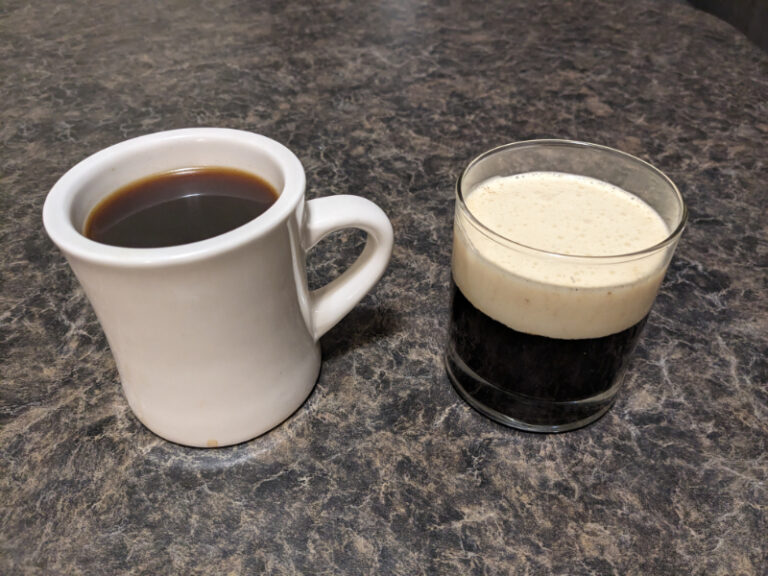Taste of History is a limited-run blog series exploring some of the old-school recipes found in archival collections. This time we will be comparing two coffee recipes from different regions that both use eggs.
The first recipe we will look at today is a variation on Boiled Coffee from The Household Science Book of Recipes, published by the University of Toronto Press in 1933. The book was edited by Annie L. Laird and Edna W. Park, who were both were both prominent professors in the Household and Nutritional Science department. Laird described Household Science as, “… not only as a school of cooking, but a combination between art and science.”
As to where the recipe originates and why it uses an egg, from my own research I think it is based on Scandinavian egg coffee recipes developed by Swedish, Norwegian, and Danish immigrants to North America in the 19th century. The purpose of the egg in those recipes is to clarify the coffee and remove bitter compounds to get a clear, flavorful cup of coffee out of low-quality or reused coffee grounds.
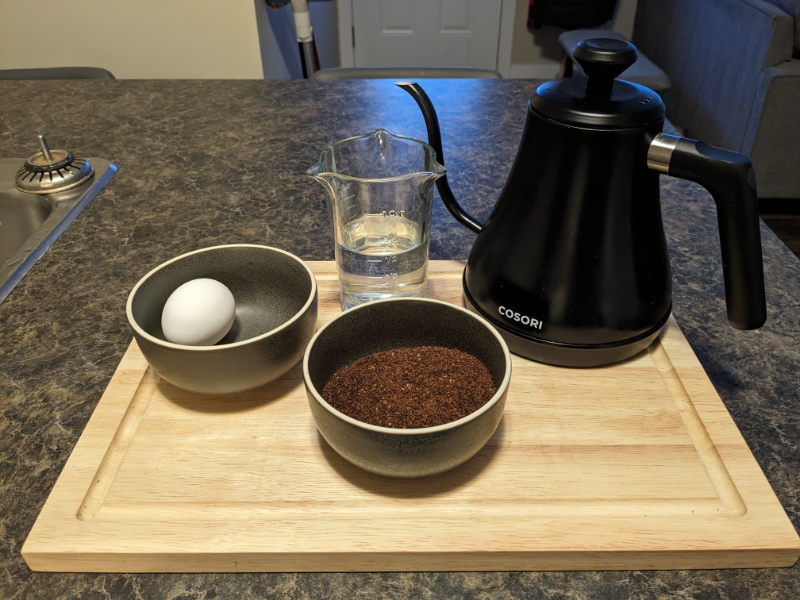
Older Swedish recipes I looked at suggested using fish scales or bladders as the clarifying agent rather than eggs. The Household Science recipe instead uses ½ cup of coffee grounds, 3 cups boiling and ½ cup cold water, as well as 1 teaspoon of egg white and the entire shell crushed into small pieces.
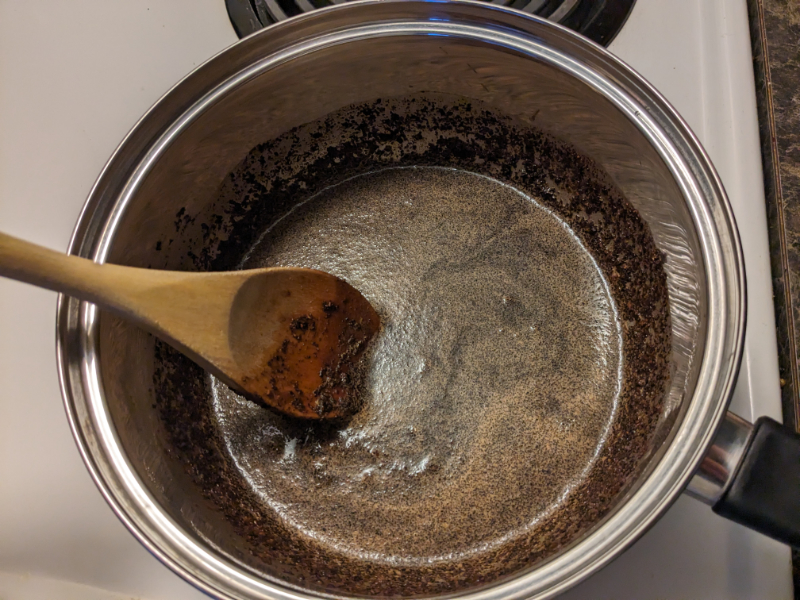
The first step of the recipe is to mix together the egg white, egg shell, coffee grounds, and some of the cold water into a slurry. Then the boiling water is added to the slurry and the pot is placed on the stove top to continue to boil the liquid. Once five minutes have passed I removed the pot from the heat and splash the rest of the cold water in. Within five minutes the addition of cold water should help the grounds that have mixed with the egg to settle to the bottom. What remains is supposed to be an amber liquid that can be poured into cups and enjoyed without adding milk.
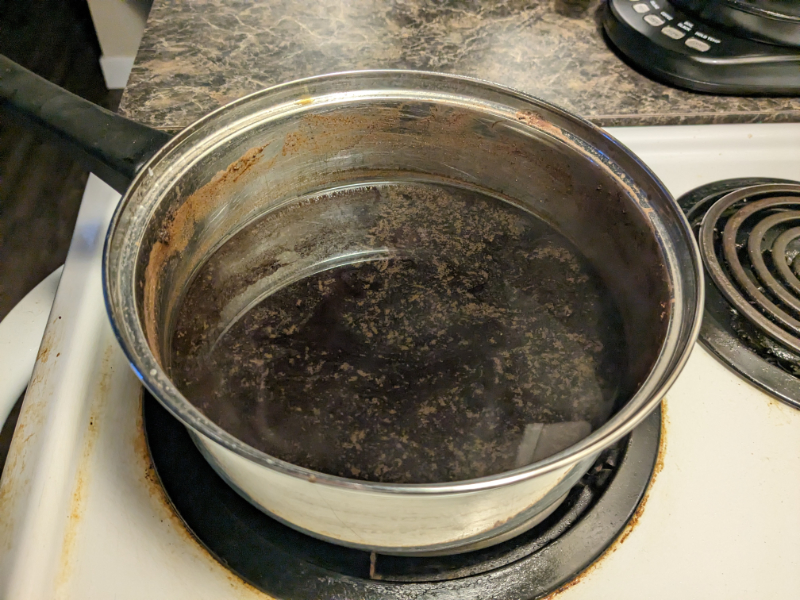
Unfortunately, as you can see from the image above this did not happen in my own testing. The grounds never settled at the bottom of the pot, so what I had was an extremely gritty cup of coffee. My guess to the cause it that the Household Science recipe only uses 1 teaspoon of egg white rather than the whole egg; there just wasn’t enough to clarify the whole pot of coffee. To change gears let’s try out the second recipe which surprisingly incorporates eggs directly into the final drink.
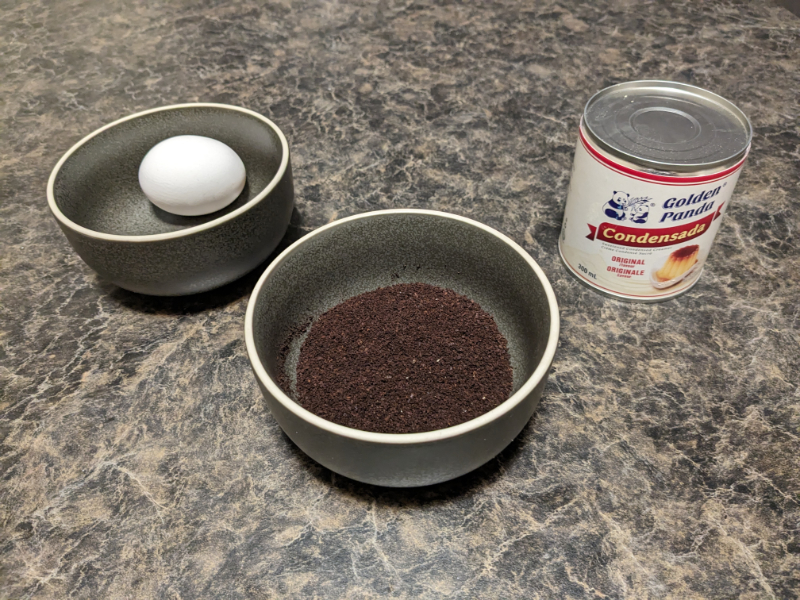
This egg coffee is commonly traced to Café Giang in Hanoi, where the then owner Nguyen Giang developed the recipe in 1946. Like other popular coffees in Vietnam it uses a dark concentrated coffee balanced with condensed milk, but the milk is whipped with egg yolks to make a foamy custard that is layered over the coffee.
The use of condensed milk in many Vietnamese coffee recipes is tied to its history; fresh milk was largely unavailable for both Vietnamese communities and French colonists in the 19th century when coffee trees were introduced in northern Vietnam. As coffee production increased in the country, people found that condensed milk complimented the intensity of coffee made from Robusta beans, which today is most widely grown type of coffee in Vietnam.
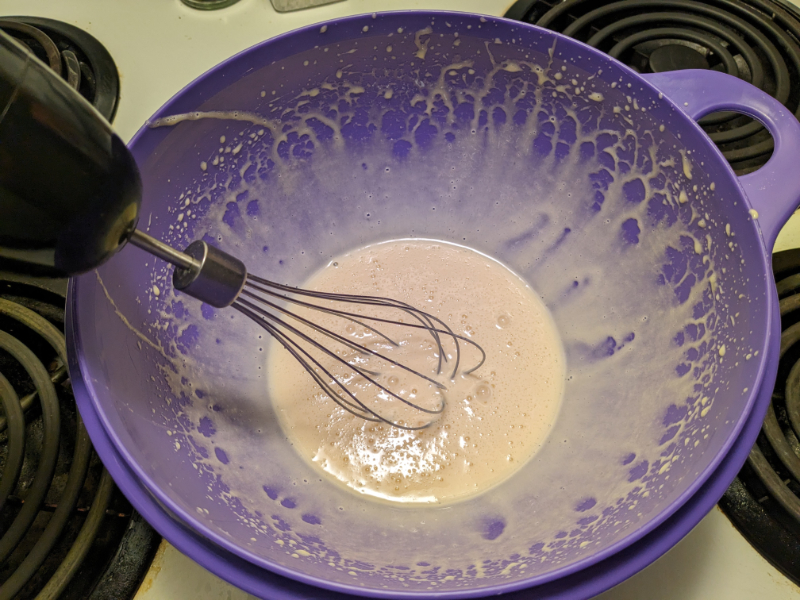
The first step in the recipe is to make the custard. I added two egg yolks and two tablespoons of condensed milk to a bowl then whisked for five minutes. Other recipes may call for additional ingredients like vanilla sugar or cheese. If you try a version of Giang’s egg coffee for yourself, I recommend using a modern electric mixer. Whisking by hand would be very labour intensive.
The next step is to make the concentrated coffee. The traditional method is to use a phin, but you can use many different tools like a moka pot or French press. I used an Indian coffee filter since it was what was available in my own kitchen.
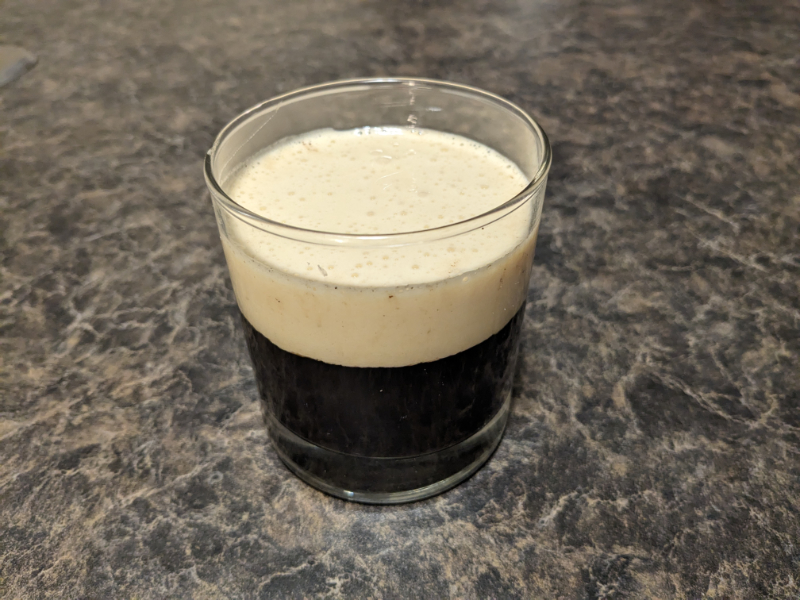
Once the coffee is ready just pour it into a glass and add the custard on top. It is enjoyable as is, but you can also stir to incorporate some of the custard into the coffee. And enjoyable it is; the drink is sweet and rich, the custard bringing out the best in the coffee. Since it falls into the category of dessert drinks, it is a recipe I will save for guests on special occasions or as an occasional treat to myself.
Please look out for the continuation of Taste of History next month where we will be trying Meatloaf with Bananas from the Seasonable Meat Recipes Cook Book, published in 1929.
